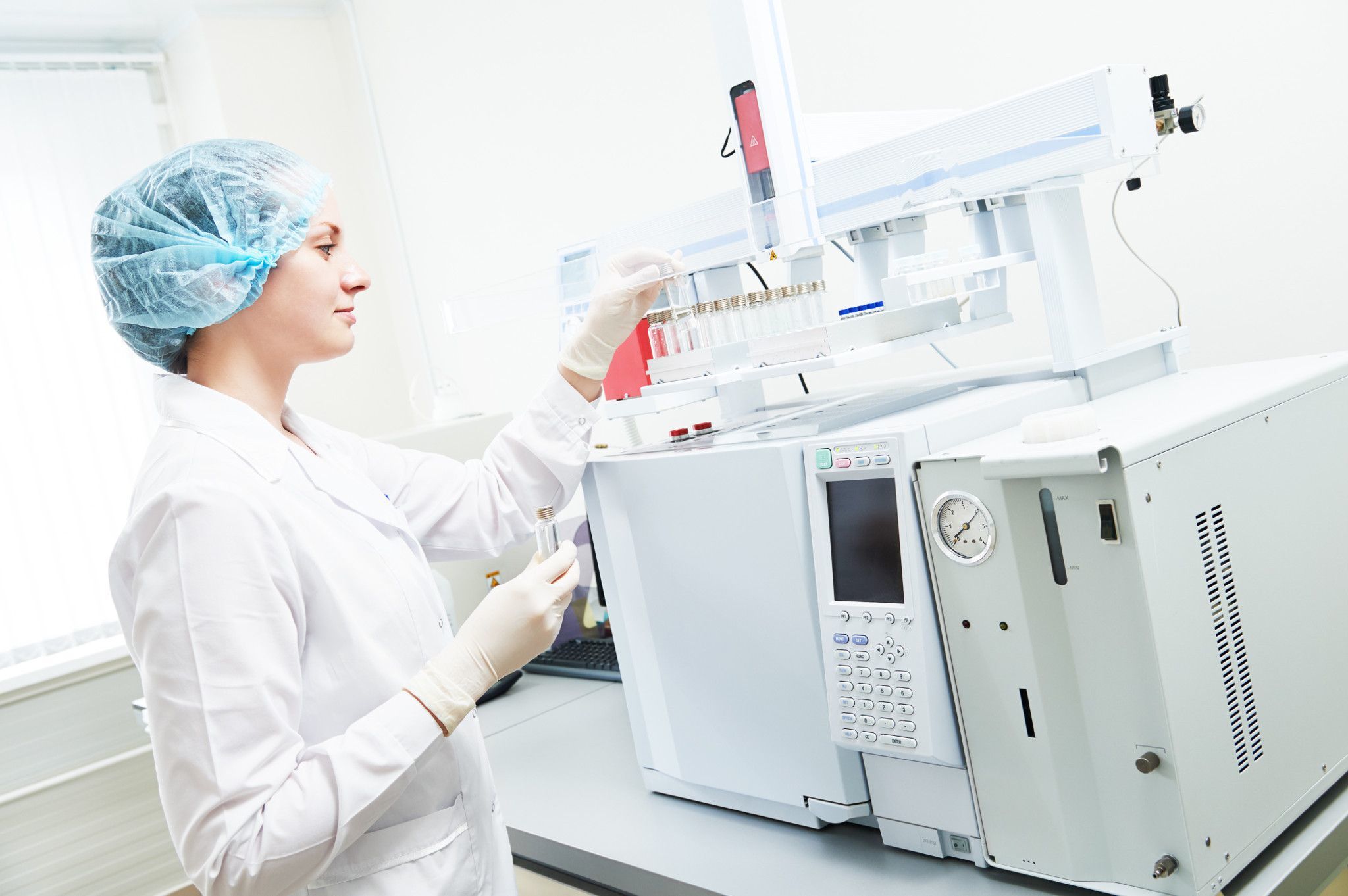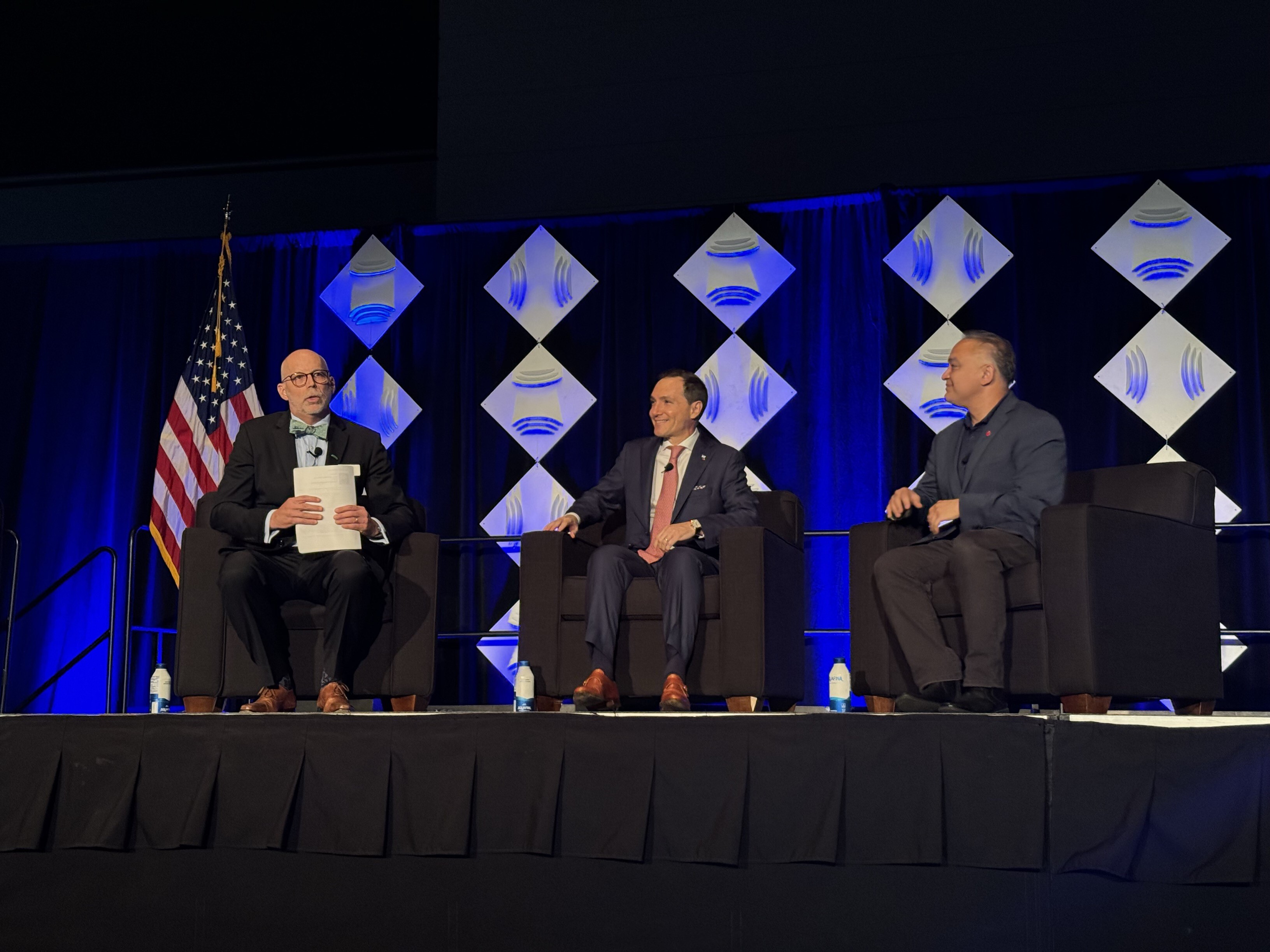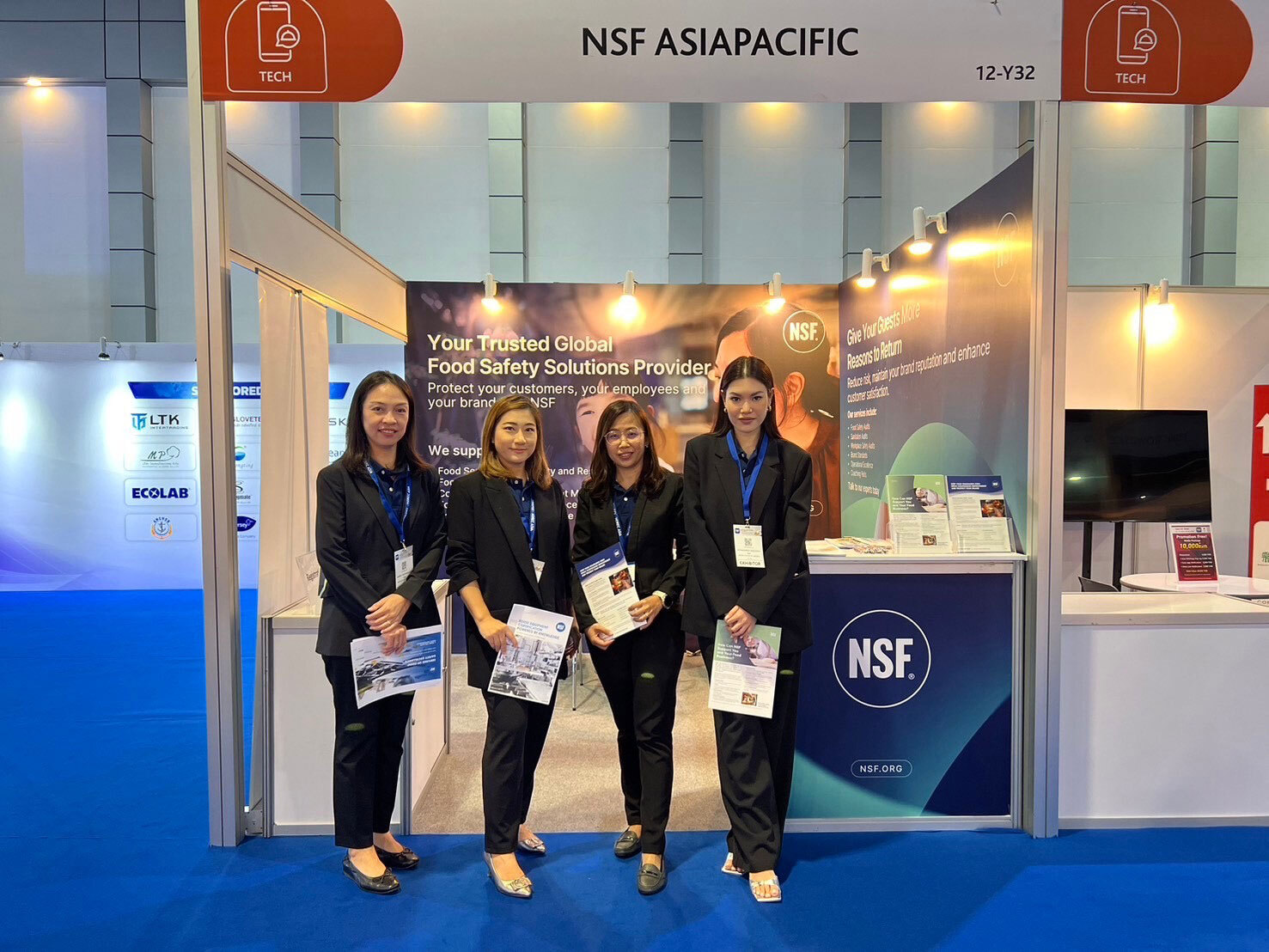Is the IVD Industry Truly Ready for the IVDR DoA?

The IVDR Date of Application (DoA) Is Next Month! But Is the Industry Ready for It?
The extended transition timelines bring some relief to the industry, but with only six notified bodies designated on the NANDO website a month before the IVDR DoA, how will the industry cope on May 26, 2022?
EU IVDR State of the Industry 2021
In June 2021, NSF partnered with Informa to launch a huge industry survey on how prepared organizations were just under a year until the IVDR date of application.
The survey asked questions around the impacts of the global COVID-19 pandemic, the industry’s readiness to meet the IVDR requirements, whether notified bodies have the capacity and time to handle all conformity assessments heading their way, changes to PMS and clinical requirements, and confidence in the resources manufacturers have to maintain compliance once their CE marks are approved.
Key insights from the survey:
- Only 15% of organizations are fully prepared to hit the IVDR deadline of May 26, 2022.
- 55% want more guidance from the European Commission and/or the MDCG.
- 38% are planning to transfer their IVD product portfolio to IVDR.
- 21% currently have an IVDR-certified product.
- 95% say the COVID-19 pandemic has impacted their IVDR implementation.
So What’s Changed Almost One Year Later?
The Manufacturer’s View
There is still a mixed picture of the readiness of manufacturers for the IVDR. There are huge changes in the transition from IVDD to IVDR, and there is much needed focus on technical documentation, post-market surveillance, clinical evidence and risk management, and more. Even some of the larger organizations are struggling with elements of the IVDR and are self-learning or engaging with consulting companies, like NSF, to help them through the transition.
Small and medium-sized enterprises with limited regulatory resources or those working with a notified body for the first time are really feeling the pain of the IVDR. They have limited experience with producing technical documentation and are calling out for guidance from the European Commission and industry experts.
Although more than 15% of organizations are now fully prepared for the IVDR DoA, unfortunately, that percentage is nowhere near as high as it needs to be. The extended transitional provisions mean that many manufacturers have more time to make the transition to IVDR for those products that are already marketed under IVDD. It will be particularly painful for those who want to bring new products to market or who need to introduce significant changes to existing products.
The Notified Body’s View
There are currently only six notified bodies designated under the IVDR, compared to the previous 22 under the IVDD. There are nowhere near enough notified bodies to ensure that products placed on the market are in conformity with the IVDR, and with limited capacity, there is a massive bottleneck in CE marking.
Most notified bodies will favor applications from their existing clients or those with their technical documentation in order. With the European Commission’s limit of only three rounds of questions by notified bodies to manufacturers (this change was made to avoid borderline consulting by notified bodies), any organization that receives a nonconformity could risk joining the end of the long queue again, and it could impact their market access by years.
Manufacturers should follow advice from notified bodies and ensure that their technical documentation is ready to submit before an audit; if not, they should quickly seek the help of a consulting firm to get them over the hurdle.
The European Commission’s View
The European Commission had its work cut out for it, with more notified bodies needing to be designated under the IVDR as well as the publication of more MDCG guidance and common specifications. Luckily, this has picked up pace in 2022, with some key updates published, including:
- MDCG 2022-3 Verification of manufactured class D IVDs by notified bodies, February 2022
- MDCG 2022-2 Guidance on general principles of clinical evidence for In Vitro Diagnostic medical devices (IVDs), January 2022
- MDCG 2021-22 Clarification on “first certification for that type of device” and corresponding procedures to be followed by notified bodies, in context of the consultation of the expert panel referred to in Article 48(6) of Regulation (EU) 2017/746, August 2021
- MDCG 2021-4 Application of transitional provisions for certification of class D in vitro diagnostic medical devices according to Regulation (EU) 2017/746, April 2021
- MDCG 2020-16 Rev.1 Guidance on Classification Rules for in vitro Diagnostic Medical Devices under Regulation (EU) 2017/746, January 2022
The extended transition timelines also offer a grace period to the industry, but there are caveats around these. Below are the new transition dates that are now published in the Official Journal (OJ):
- May 26, 2025, for Class D devices
- May 26, 2026, for Class C devices
- May 26, 2027, for Class B devices
- May 26, 2027, for Class A sterile devices
- May 26, 2022, for non-sterile self-declared devices
- May 26, 2022, for all new devices and significantly changed devices
Please note that the IVDR DoA has not changed, so vigilance and PMS requirements apply starting on May 26, 2022, as well as the requirements for registration and avoiding significant changes.
Advice to IVD manufacturers
NSF advises the industry to not lose momentum in still preparing for May 26, 2022. Even with the extended transition timelines, there is a lot of work to get through for the industry, so use this much-needed time wisely.
Manufacturers should take time to complete a thorough review of their IVD portfolio and decide on which products to put through the IVDR process first. Don’t forget that if you make use of the extended transitional provision, you are not allowed to introduce significant changes to your CE-IVDD device. Otherwise, you would be immediately obliged to comply with all IVDR requirements.
Get your applications to a notified body submitted soon to avoid bottlenecks, and engage with a consulting organization early if you don’t have internal resources to get you through the process.
NSF Can Help!
We offer training, consulting and auditing services, and our global team of experts can help manufacturers with preparing for the IVDR. We can prepare technical documentation, provide internal audits, complete gap analyses, support with technical file remediation and more.
To find out more, email us at info-medicaldevices@nsf.org or complete the short form below.
Ready to Begin the Process?
Contact us with questions or to receive a quote.
Share this Article
How NSF Can Help You
Get in touch to find out how we can help you and your business thrive.

What’s New with NSF

NSF Shanghai Named Critical Site for NSF/ANSI 455 and NSF/ANSI 173 by ANSI National Accreditation Board
July 26, 2024
NSF Takes Center Stage at NEHA Annual Education Conference
July 25, 2024
NSF Asia Pacific Showcases Hospitality Solutions at THAIFEX HOREC Asia 2024 in Bangkok, Thailand
July 4, 2024